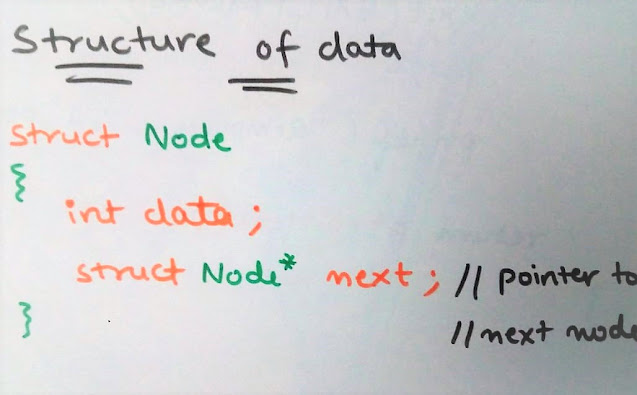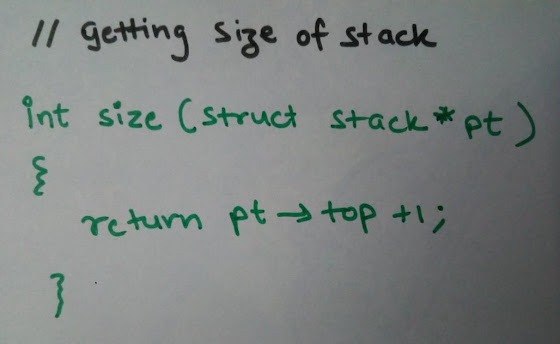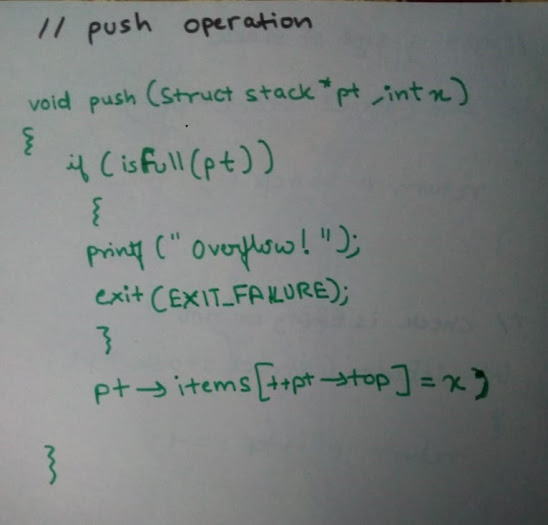CREATING STACK USING PYTHON
OPERATIONS:
1- PUSH
2- POP
OTHER OPERATIONS:
1- IS EMPTY
2- SIZE
3- TOP
CODE :
We can implement stack using :
1- list
2- collections.deque
3- queue.LifoQueue
1 - IMPLEMENTING STACK USING LIST
CODE:
stack = [] // list is created to be used as stack
stack.append('a') // append() push the element in stack which is actually a list
stack.append('b')
stack.append('c')
print(stack.pop()) // pop() is used to pop / delete element on top of listprint(stack.pop())print(stack.pop())print(stack)
2- IMPLEMENTING STACK USING collections.deque
from collections import deque // importing the librarystack = deque() // initializing a variablestack.append('a') // append function to insert elementstack.append('b')stack.append('c')print(stack.pop()) // pop() function to remove the top elementprint(stack.pop())print(stack.pop())print(stack)
from queue import LifoQueue
stack = LifoQueue(maxsize = 5) // initializing stack with maxsize = 5
print(stack.qsize()) // show the number of elements in the stack
stack.put('a') // put() is used to push elements in the stack
stack.put('b')
stack.put('c')
print("Full: ", stack.full()) // is the stack full or does stack contain maxsize elements
print(stack.get()) // return and remove the top element of the stack
print(stack.get())
print(stack.get())
print("Is Empty : ", stack.empty()) // test is the stack empty or not


















